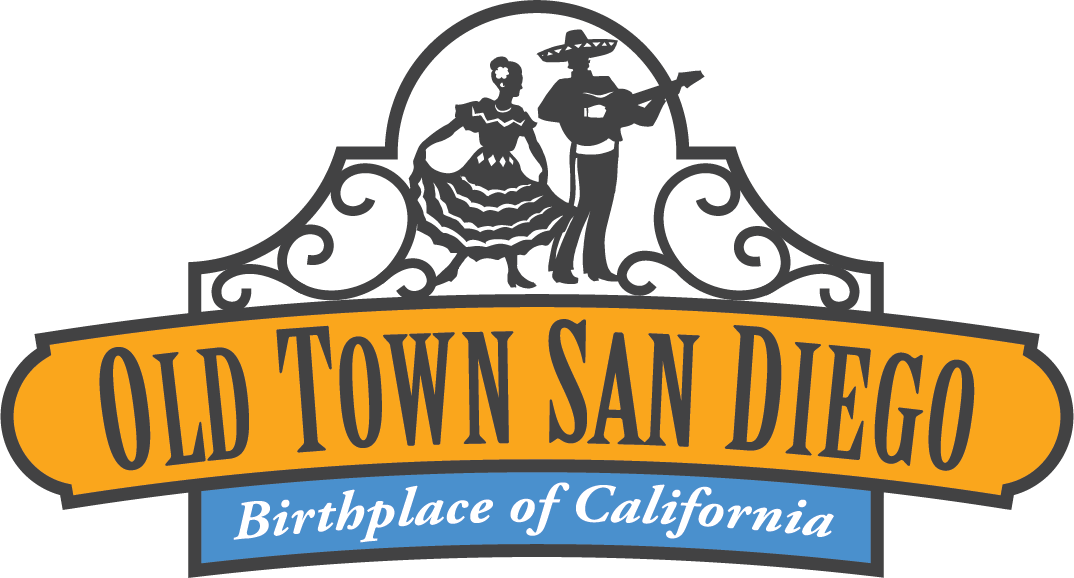The Kumeyaay were the original native inhabitants of San Diego County. The Kumeyaay, a Yuman-speaking people of Hokan stock, have lived in this region for more than 10,000 years. Historically, the Kumeyaay were horticulturists and hunters and gatherers. They were the only Yuman group in the area. The Kumeyaay first people who greeted Europeans when they first sailed into San Diego Harbor with the Juan Rodriguez Cabrillo expedition of 1542.
The boundaries of the Kumeyaay lands changed with the arrival of Europeans. It once extended from the Pacific Ocean, south to Ensenada in Baja Norte, Mexico, east to the sand dunes of the Colorado River in Imperial Valley, and north to Warner Springs Valley. North to northeast, their territory was bounded by other Indian nations––the San Luiseño, Cupeño, and Cahuilla.
Beginning with the Spanish invasion of 1769, continuing through the Mexican Period of 1826 to 1848, and on through the American Period, the Kumeyaay were forced off their ancestral lands. Nearly all of the Kumeyaay lands were taken into private ownership or made U.S. government holdings. Treaties negotiated with 18 California tribes in 1850 to set aside 8.5 million acres in specific tribal lands were never ratified by the United States Senate as a result of opposition by the state of California. Today, the acreage of tribal reservations in California is approximately 500,000 acres. – Viejas Band of Kumeyaay Indians
In October 2021, the new public gathering area named Iipay ~Tipai Kumeyaay Mut Niihepok (Land of the First People)—pronounced “Ee-pie Tee-pie Koo’-me-eye Mutt Nee-ha-pock” welcomed it’s first guests. For the first time in over 25 years, State Parks expanded the state historic park’s footprint by transforming a former California Department of Transportation (Caltrans) office complex into a new outdoor space that honors the culture of the Kumeyaay Nation and their enduring relationship with the San Diego River and Old Town San Diego. Learn More.
The Founding of California
Old Town San Diego is considered the “birthplace” of California. San Diego is the site of the first permanent Spanish settlement in California. It was here in 1769, that Father Junipero Serra came to establish the very first mission in a chain of 21 missions that were to be the cornerstone of California’s colonization. Father Serra’s mission and Presidio were built on a hillside overlooking what is currently known as Old Town San Diego. At the base of the hill in 1820’s, a small Mexican community of adobe buildings was formed and by 1835 had attained the status of El Pueblo de San Diego. In 1846, a U.S. Navy Lieutenant and a Marine Lieutenant, raised the American flag in the Old Town San Diego Plaza.
In 1968, the State of California Department of Parks and Recreation established Old Town State Historic Park to preserve the rich heritage that characterized San Diego during the 1821 to 1872 period. The park includes a main plaza, exhibits, museums and living history demonstrations.
Historic buildings include La Casa de Estudillo, La Casa de Bandini, La Casa de Altamirno Pedrorena and the Mason Street School, San Diego’s first one room schoolhouse. Just up the hill from Old Town San Diego Historic State Park, you’ll find Heritage Park where several of San Diego’s most notable Victorian homes have been relocated and authentically restored to their original splendor. Just a short walk down San Diego Avenue is the Whaley House, an officially designated haunted house, the Little Adobe Chapel on Conde Street, the first Church in Old Town San Diego and El Campo Santo on San Diego Avenue, a 1850 Catholic Cemetery.
Come visit the original and reconstructed buildings and furnishings that illustrate the ambiance of 1800’s San Diego . . . where California Began!
LEARN MORE
